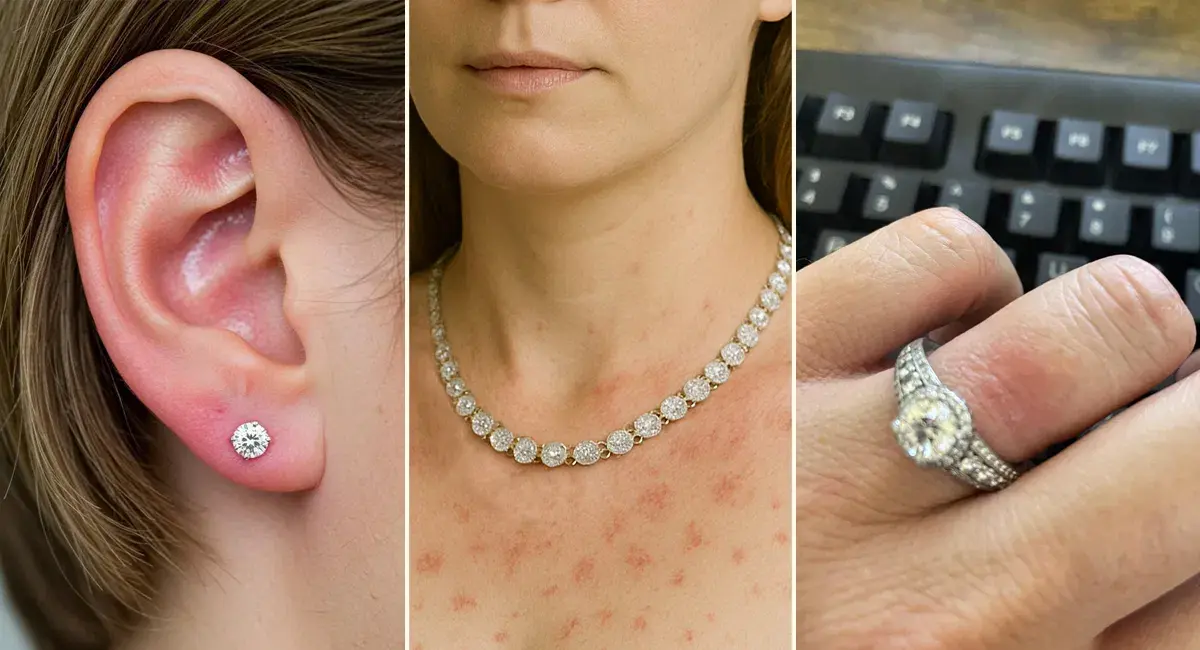Jewelry can be a wonderful way to express your personality and add a touch of sparkle to any outfit. However, for those with sensitive skin, finding the right kind of jewelry that won’t irritate can be a challenge. That’s where hypoallergenic jewelry comes in. Perfect for anyone prone to allergic reactions, this type of jewelry is designed with skin-friendly materials that minimize the risk of irritation. In this guide, we’ll explore everything you need to know about hypoallergenic jewelry and help you make the best choices for your skin.
Understanding Hypoallergenic Jewelry
Hypoallergenic jewelry is specifically designed for individuals with sensitive skin or allergies to certain metals. It is crafted from materials that are less likely to cause an allergic reaction, making it a thoughtful choice for those wanting to avoid discomfort while still enjoying wearing jewelry.
One common misunderstanding is that hypoallergenic means allergy-free. While it significantly reduces the risk, some individuals might still experience reactions due to the trace metals mixed in the jewelry. Understanding what constitutes hypoallergenic helps in making informed decisions, especially if previous attempts to wear jewelry have resulted in discomfort.
Common Materials in Hypoallergenic Jewelry
The most effective hypoallergenic jewelry is made from metals like titanium, stainless steel, and platinum. These materials are less reactive with the skin. Gold and silver, when pure, are also good options, though they can sometimes be mixed with other metals, which may cause an allergy.

It’s important to note that even among hypoallergenic materials, grades and quality vary. For example, surgical-grade stainless steel is highly recommended for its non-reactive nature, making it an exceptional choice for sensitive skin. It’s also favored for body jewelry due to its durability and luster, offering both functionality and elegance.
Identifying Reactions and Allergies
Recognizing a reaction is crucial to preventing further irritation. Common symptoms include redness, itching, and rashes where the jewelry contacts the skin. Understanding these signs can help in choosing the right jewelry and avoiding materials that trigger allergies.

If you find yourself frequently experiencing these symptoms, it might be time to re-evaluate your jewelry choices. Keeping an allergy journal can be helpful. Document any reactions and the types of metals or coating involved. Over time, you’ll start noticing patterns that can guide you towards safer selections that let you enjoy wearing jewelry once again.
Tips for Buying Hypoallergenic Jewelry
When purchasing hypoallergenic jewelry, it’s essential to check labels for information on materials. Opt for trusted brands that prioritize skin-friendly options, and consider doing a patch test when trying new pieces. Ask for certifications or guarantees if you’re unsure about the metal content.

To further ensure comfort, consider buying from retailers who offer customizations, such as professional jewelry services. This can include coating pieces with protective layers or crafting them to fit specific skin requirements. The extra attention to detail can make a substantial difference in your comfort and satisfaction.
The Rise of Nickel-Free Options
Nickel is a common culprit in jewelry-related allergic reactions. Consequently, nickel-free jewelry has gained popularity as a safe alternative for those with sensitivities. Many manufacturers now offer lines specifically designed to exclude nickel, making them an excellent choice for sensitive skin.
In recent times, the demand for nickel-free options has spurred innovation within the jewelry industry. Designers are constantly developing new techniques and materials to enhance both the aesthetics and comfort of hypoallergenic jewelry. As this trend continues to grow, allergic reactions due to nickel are likely to become a concern of the past, paving the way for a more inclusive and comfortable experience for jewelry enthusiasts.
Bracelet Clasps: A Guide to Different Types and Uses
Ring Size Guide: Find Your Perfect Fit for Comfort
Pendant Necklaces: Timeless Styles for Every Occasion
Why Handcrafted Jewelry Makes the Ultimate Father’s Day Gift





















